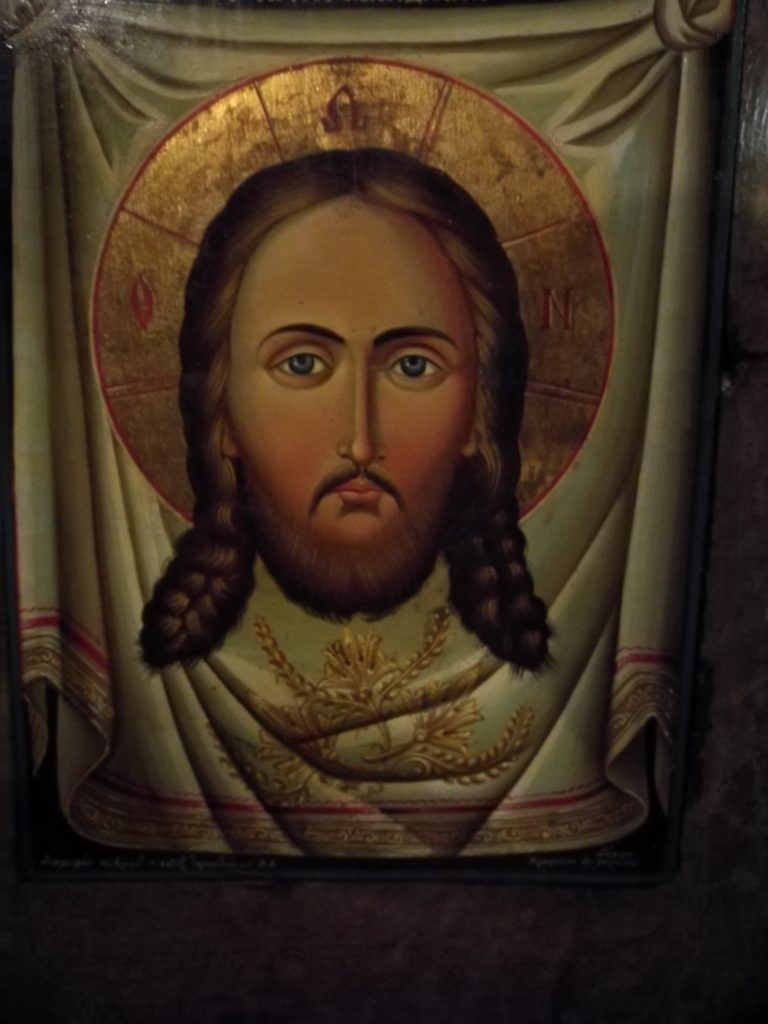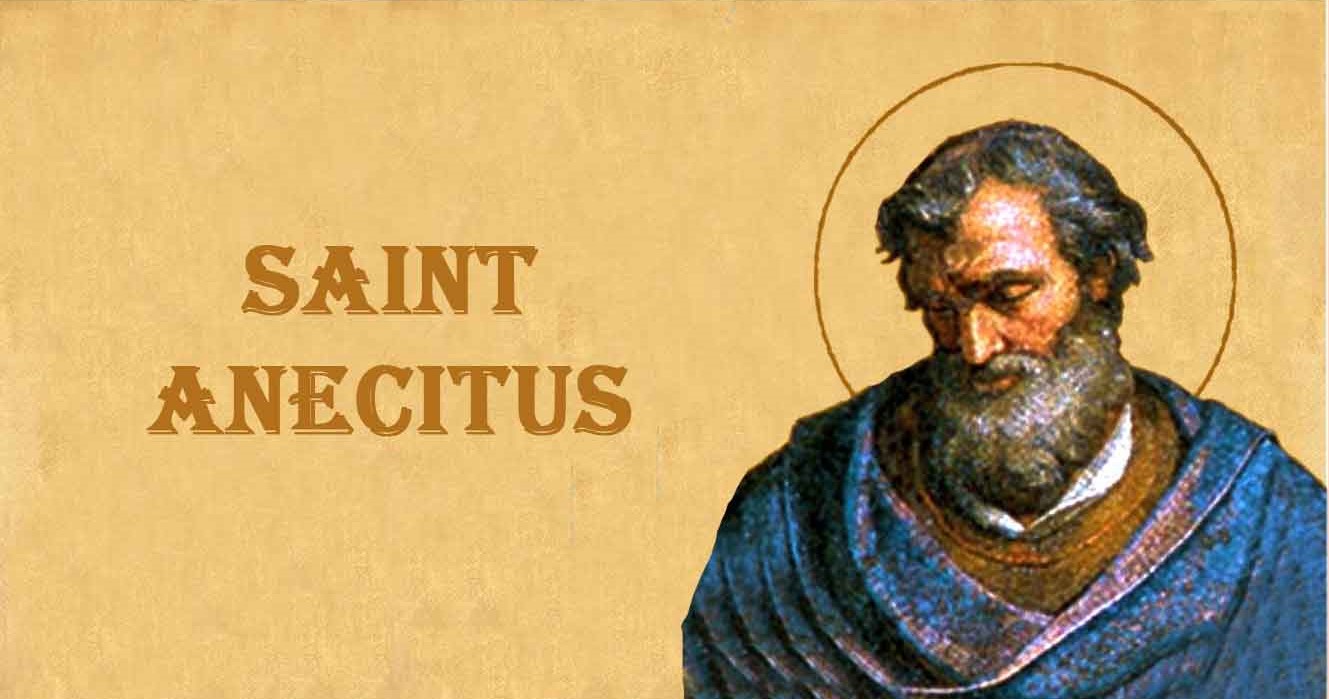José Mario O. Mandía
– Rev José Mario O. Mandía
The story of the fall of our first parents is bad news. But God will never let evil triumph over good. Right away, He pledged to remedy the evil caused by our first parents’ rejection of His offer of eternal happiness. Right after the bad news came the good news. When man rejected Plan A, God proposed Plan B.
In Genesis 3:15 (v 15), God spoke to the serpent: “I will put enmity between you and the woman, and between your seed and her seed; he shall bruise your head, and you shall bruise his heel.”
Saint Paul, in his letter to the Galatians (4:4-5), tells us about the fulfillment of this promise in Jesus Christ: “But when the time had fully come, God sent forth his Son, born of woman, born under the law, to redeem those who were under the law, so that we might receive adoption as sons.” Christians believe that this woman is Mary of whom was born Jesus Christ at a specific time in history (cf Luke 2:1-2).
In 1892, however, Martin Kähler spoke about two different persons: the “Jesus of History” and the “Christ of Faith.” For him, the “Jesus of History” is just an ordinary man like us, somewhat outstanding in his actions and teachings, but nothing else. He died many years ago – he is a man of the past. He is different from the “Christ of Faith.” The “Christ of Faith” arose from the beliefs and sentiments of Christians. It is this “Christ of Faith” that worked miracles and made many prophecies. It is this Christ that lives on among Christians. But all these things that the “Christ of Faith” is supposed to have done are really just stories that Christian imagination has invented through the centuries. It has nothing to do with the “Jesus of History.”
However, the letter to the Hebrews (13:8) affirms: “Jesus Christ is the same yesterday and today and for ever.” We must reaffirm the conviction that the “Christ of Faith” is the same person as the “Jesus of History.”
The CCC (no 423) tells us: “We believe and confess that Jesus of Nazareth, born a Jew of a daughter of Israel at Bethlehem at the time of King Herod the Great and the emperor Caesar Augustus, a carpenter by trade, who died crucified in Jerusalem under the procurator Pontius Pilate during the reign of the emperor Tiberius, is the eternal Son of God made man. He ‘came from God’ (John 13:3), ‘descended from heaven’ (John 3:13; 6:33), and ‘came in the flesh’ (I John 4:2). For ‘the Word became flesh and dwelt among us, full of grace and truth; we have beheld his glory, glory as of the only Son from the Father. . . And from his fullness have we all received, grace upon grace’ (John 1:14,16).”
Our faith is centered on this Person, on Jesus Christ. As the popes have repeatedly affirmed, our religion “is not a ‘religion of the book’” (CCC 108). This is what the CCC means (no 426) when it says: “‘At the heart of catechesis we find, in essence, a Person, the Person of Jesus of Nazareth, the only Son from the Father. . .who suffered and died for us and who now, after rising, is living with us forever’ (Catechesi tradendae 5). To catechize is ‘to reveal in the Person of Christ the whole of God’s eternal design reaching fulfilment in that Person. It is to seek to understand the meaning of Christ’s actions and words and of the signs worked by him’ (Catechesi tradendae 5). Catechesis aims at putting ‘people . . . in communion . . . with Jesus Christ: only he can lead us to the love of the Father in the Spirit and make us share in the life of the Holy Trinity’ (Catechesi tradendae 5).”


 Follow
Follow


